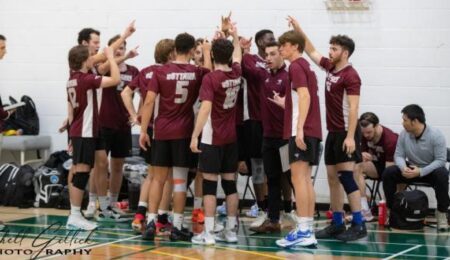Student experience with hybrid courses differs from administration’s rhetoric
Photo by Marta Kierkus
After making it through my first hybrid course, I can say the most effective way to teach is still through in-class lectures. But unfortunately that’s not what those running our university believe.
The University of Ottawa is committed to offering 20 per cent of its courses as hybrid by 2020. In fact, in a recent interview with the Fulcrum, Allan Rock said “we hope to exceed that.”
This decision came after an e-learning task force reported the most effective way to teach is through a combination of technology and personal contact.
Rock cited the flexibility of hybrid courses as one of its advantages. Because lectures are online, “they can be looked at at two in the morning if you want, or in part if you want, or several times if you want,” he said.
“What’s communicated electronically in the lecture is supplemented by in-person exchanges to ensure the person has fully grasped the concepts.”
I began my experience with hybrid learning excited by these same selling points. It was the only option offered for a human rights law class for my program, and the freedom of fewer lectures and doing work on my own time, combined with the benefits of a more interactive learning experience, had me excited for a more stimulating learning experience than I’d ever had. But I quickly learned that in practice this system wasn’t quite so enriching.
The issue with hybrid courses is the burden they place on students to educate themselves. Normally, even if students aren’t doing readings, they can still learn much from just attending class for three hours a week.
But hybrid courses demand independent learning and strong time management skills, much more so than standard lectures. Although these courses feature both in-class discussion and online material, what Rock and the e-learning task force failed to mention was that discussion is dependant upon students fully engaging with the online material first — something many in the class were unable to do.
And I don’t blame them. Part of why we pay so much for university is to learn from professors who can engage us in ways textbooks and videos cannot.
What’s great about traditional lectures is that if you are behind in a course, every second you spend in class is a reminder of what you’ve missed, and an encouragement to get caught up. In my hybrid course, we’d meet after two weeks apart and discussion would go in circles because few had engrossed themselves in the online content.
The solution to this problem, recommended by our class, was to have weekly quizzes to test our knowledge and provide an incentive to keep up. Yet something about this solution seems lacking to me, almost cheapened. We are paying to be here, and I have to assume most of my classmates want to be here, so why do we need to be forced to do the work?
This isn’t the case in my traditional lectured courses. Perhaps when a class of third-and fourth-year university students are endorsing high school quiz methods to remain interested, the fault lies not with the students, but the structure of the course.
One thing I did learn from my hybrid course was how much I missed and valued professors. I think we have all experienced a class in which a professor explained something to us in a way no book or video could, who made us care about something we never though we would. The professor for my hybrid course, a former human rights lawyer and Amnesty International employee, was able to do exactly that, but it wasn’t the same when the majority of the time I heard him speak was through video clips.
Students should be skeptical of supporting reports for hybrid learning, like the one cited by Rock, which are commissioned by stakeholders in education who aren’t students. The system makes sense for the administration, as it provides a way to drive course costs down, and for professors, who can devote more time to research, but from what I’ve seen it’s the students who are losing value.
I applaud the university for developing new learning strategies. And if hybrid courses are going to be offered as options, that’s totally reasonable, but the problem with the class I took was that the hybrid-designed course was the only one available. And with plans to make the course mandatory for all students in conflict studies and human rights in the future, soon every student in the program will be forced to put their learning style to the test.
Until then I believe the best way for students to learn remains the style that has been working for centuries: attending class.





